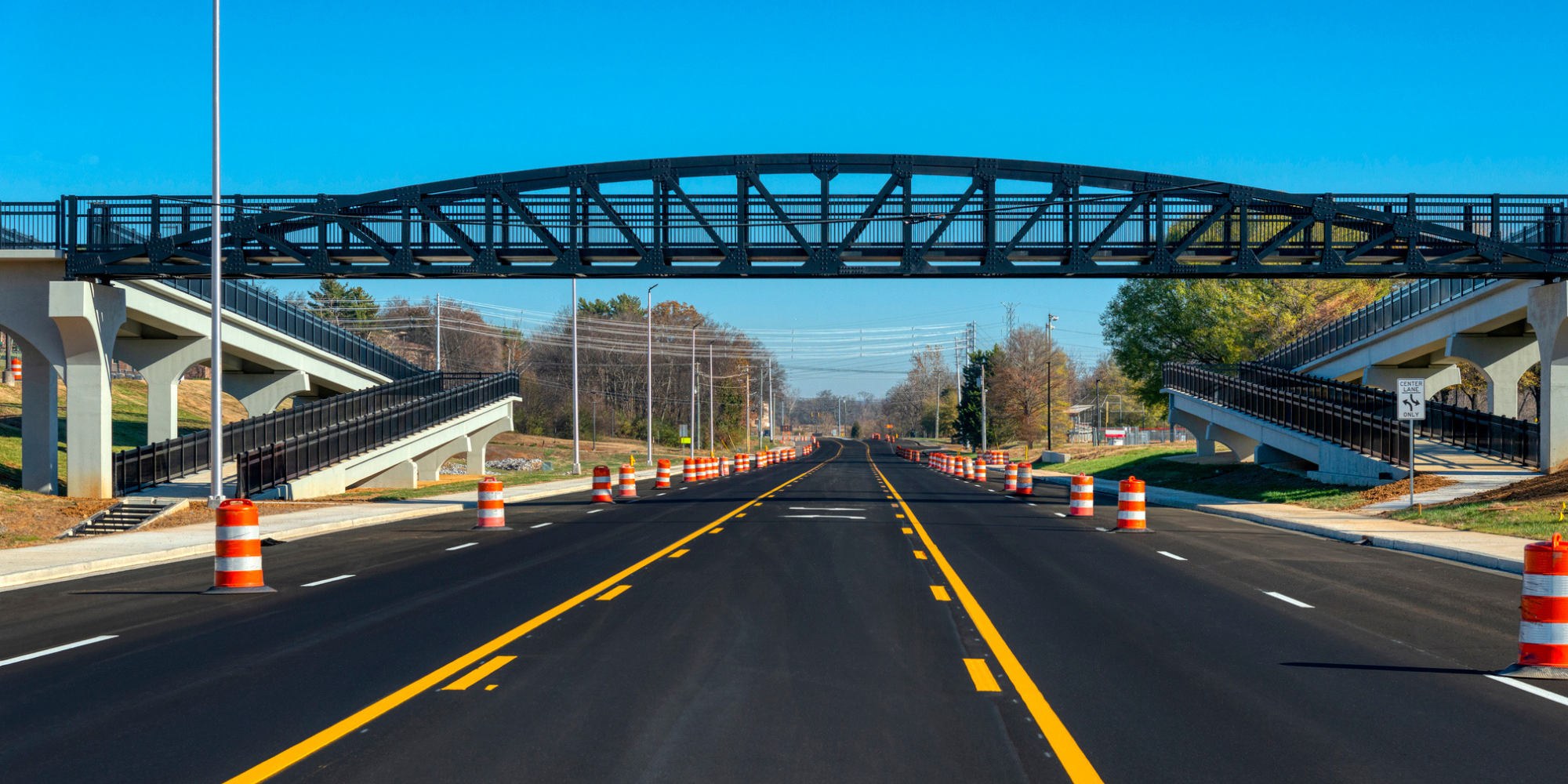Within the Inflation Reduction Act (IRA) is a unique and complementary Neighborhood Access and Equity Grants program for municipalities to consider as they work to improve mobility options and connections between neighborhoods in their community. Local governments can apply competitively for federal Neighborhood Access and Equity Grants from the Federal Highway Administration (FHWA) to improve equitable opportunity to low-carbon mobility options in communities divided by barriers.
The new grant program is quite similar to the Reconnecting Communities Program (RCP). While RCP includes $1 billion in funding over the next five years, Neighborhood Access grants will have $3 billion to invest in mobility, sustainability and safety. Of the $3 billion, $1.1 billion will be reserved for low-income communities. Neighborhood Access grants will be available to local governments, state governments, public authorities, metropolitan planning organizations and combinations of several organizations applying together.
Neighborhood Access grants can be used for a variety of projects that at their heart will restore connectivity in disadvantaged or underserved communities. Grant awardees could use the funding to:
- Convert an existing highway into a boulevard, install sound barriers, improve complete streets
- Add in pedestrian, bike or trail crossings to facilitate mobility across or around the divided community
- Improve safety features
- Incorporate sustainable and green infrastructure that can tackle issues like reducing heat island hot spots
- Increased modes of public transportation options, including micromobility
These are just some of the options that local leaders can use as solutions to tackle their unique issue. With a larger amount of funds and a range of possibilities, local leaders should investigate the Neighborhood Access grant to increase connectivity in their community.
How Municipalities are Already Increasing Connectivity
In February 2023, the U.S. Department of Transportation (USDOT) announced the round funding of the Reconnecting Communities Pilot program. The first round included $185 million for 39 Planning Grants and six Capital Construction Grants.
Kalamazoo, Michigan
As one of the six capital projects that received funding, Kalamazoo, MI will work to upgrade two main avenues that 60 years ago were created into one-way high speed roads by Michigan’s Department of Transportation. These two high speed roads cut off downtown mobility to a predominately Black neighborhood, which resulted in limited opportunity for those residents. Both avenues will receive changes that will increase safety and mobility to the area that was once too dangerous to cross. Improvements will include bike lanes, pedestrian infrastructure, bus stops and dedicated turning lanes. Kalamazoo has already done significant work with policy changes and community outreach. The city has already adopted Complete Streets principles and “Walkable City Rules.” Kalamazoo also has a Complete Streets Advisory Committee that involves residents from community groups and neighborhoods.
Bluefield, West Virginia
The City of Bluefield, WV worked with their state department of transportation to receive a $1 million planning study and preliminary engineering analysis to rework a “T” shaped corridor to connect several neighborhoods to downtown. The envisioned corridor will create a multi-modal street that provides updated sidewalks, bike lanes, landscaping and streetscaping. It will connect downtown with East End, which houses Bluefield State University, a historically Black university and Bluefield Regional Medical Center.
What Municipalities Can Do to Prepare?
Work with Local Partners
Neighborhoods are often bifurcated by state/federal highways or railroads that span multiple jurisdictions. Because of this, municipalities interested in applying for a Neighborhood Access grant may want to partner with several other local governments (other municipalities, county or metropolitan planning organizations) to make one strong application that can then help out several neighborhoods impacted by the single divide. Solutions to the divide, like many transportation options may include public transportation and trails that can span several local governments. Accordingly, it is better to include everyone from the start on the problem at-hand.
Seek out Complementary Federal Funding and tools
As Bipartisan Infrastructure Law (BIL) funds continue to roll out to local governments, local leaders may want to consider how programs can be stacked together. Both RCP and Safe Streets for All (SS4A) grants have a planning category. Local leaders may consider applying for planning grants under one of these BIL programs and then seek out a Neighborhood Access grant to implement plans that were created.
Local leaders also may want to consider additional funding opportunities such as the areas of persistent poverty grant program, which can be used for planning, engineering or the development of technical or financial plans for projects in areas of persistent poverty or historically disadvantaged communities.
Municipal governments can see if their community includes a disadvantaged community status by using a range of tools included on the U.S. Department of Transportation’s webpage.
Align Local Policies to Increase Impact
Local leaders looking to start creating change to boost mobility opportunities in low-income communities do not need to wait for a federal grant. Many municipal governments across the country have adopted a Complete Streets policy. Integrating complete streets into a community’s toolbox can increase mobility options and safety by ensuring roads and sidewalks work for all modes of mobility and all users. Municipalities should consider adopting or zoning for transit-oriented development (TOD). TODs can help ensure that as mobility options increase in an area, low-income housing options and residents will not be displaced. These policies will align nicely with funds from Neighborhood Access grants.
Apply to the Local Infrastructure Hub
NLC’s Local Infrastructure Hub powered by Bloomberg Philanthropies will cover the Neighborhoods Access grant program in their upcoming bootcamp session. Municipalities interested in applying to the program can begin doing so now. Registration ends May 31, 2023.









